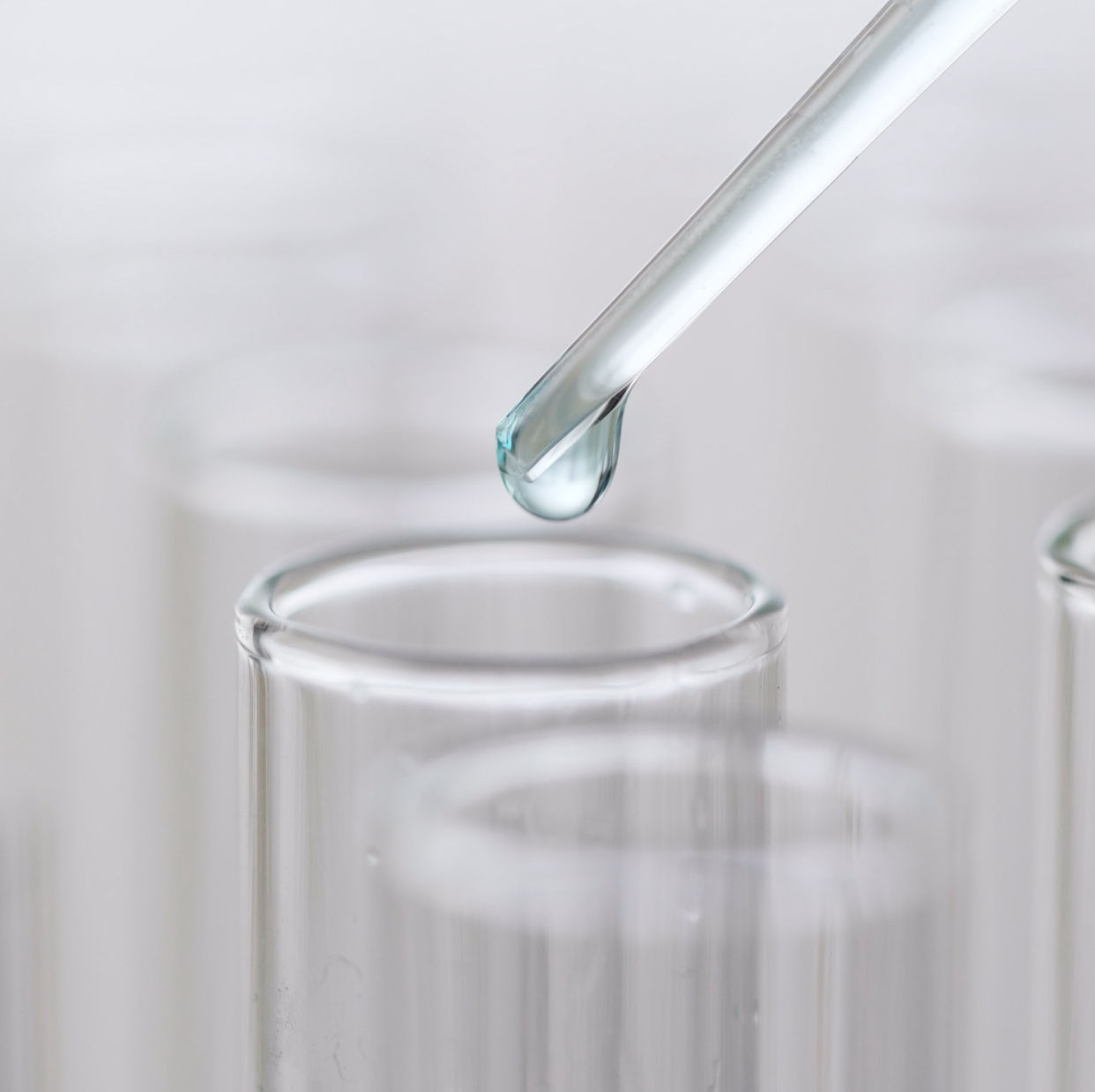

Sperm:
Sperm preparation before treatment such as intrauterine insemination or IVF is an important step in maximizing the quality of sperm used to fertilize eggs. Although originally developed for cases with high sperm DNA fragmentation, sperm selection by ZyMōt™ is gaining more and more evidence in broader indications. Studies show that ZyMōt™ permits the selection of spermatozoa with low DNA fragmentation, but benefits have also been observed in creating more euploid embryos. The pregnancy rate following intrauterine inseminations indicates that inseminations can also benefit from this technology.
This technique can be recommended in cases of obstructive azoospermia when spermatozoids are present and mature, but are unable to leave the epididymis. An example of when this may be recommended is when the vas deferens are obstructed (e.g. following a vasectomy) or completely absent.
This procedure is an option for people who lack sperm production in the epididymis due to previous surgery, infection or a congenital defect.
Micro-TESE is the best option for people with non-obstructive azoospermia, those with insufficient sperm production or maturation. This microsurgery technique allows the specialist to identify the areas where sperm is produced.
The Alessio sperm DNA fragmentation test uses fluorescent biomarkers to measure the proportion of sperm with fragmented DNA. The quality of the genetic information carried by the sperm is a determining factor in the development of a viable embryo. Sperm DNA fragmentation corresponds to “breaks” in the sperm’s genetic material that cannot be detected by conventional examinations. A high number of breaks reduces the chances that a pregnancy will be carried to term, and could be the cause of certain fertility problems.
Uterus:
The process of removing small fragments of the inner lining of the uterus by aspiration to rule out chronic endometritis or other pathologies.
Embryos:
EmbryoGlue(R) is a medium used before and during the transfer of the embryo into the uterus. It contains high concentrations of hyaluronic acid, which is naturally found throughout the body.
The levels of hyaluronic acid increase in the uterus at the time of implantation.
It has been shown that the use of EmbryoGlue(R) increases the chances of implantation and live birth after IVF treatment.
Traditionally, during an in vitro fertilization (IVF) cycle, the embryos are removed from the incubator once per day for a very limited period of time in order to assess their development. With the Time Lapse technology, the incubator has a camera that takes photos every few minutes from multiple viewpoints in order to build a ‘video’ of the embryo development. This means that, in addition to the embryologist being able to see events that occurred throughout the day and night, the stable environment of the embryo incubator never needs to be disturbed.
PGT allows access to the chromosomal and/or genetic content of the embryo before its transfer into the patient's uterus, thanks to a biopsy of a few cells.
In the case of advanced maternal age, failed implantations or recurrent fetal losses, PGT-A analysis allows prioritizing the transfer of an embryo without chromosomal abnormalities in order to maximize the pregnancy rate and reduce the risk of miscarriage.
In the case of an inherited genetic condition carried by one or both biological parents, the PGT-M analysis allows the identification of unaffected embryos, and can be combined with the PGT-A.
Once the results are available, the selected embryos are thawed and transferred to the patient's uterus.
Technologies
MATCHER is a witness system that allows the electronic identification of patients, tubes, culture dishes and even vitrification straws.
This witness system is used in the embryology laboratory, the operating room and in private rooms.
Each patient receives an email from clinique ovo the day before their treatment from [email protected] with a code that must be saved.
On the day of the visit to the clinic, this code will be scanned by the team on site to identify you and all the samples taken will also be identified with a unique code which will be linked to your file. This therefore allows the system to always know which tube or dish we are referring to.
During all future visits relating to a fertility procedure (in vitro fertilization, embryo transfer, insemination) and requiring the manipulation of your samples, this code will be scanned again. The MATCHER system also takes a picture each time we scan to have double validation as well as a recorded proof of processing the correct samples.
The goal of this electronic witness system is to guarantee the traceability of your samples, without any possible doubt.

